In this article, we will talk about what SQL Server developers do and which main skills are required to get a job as a SQL developer.
Read more »
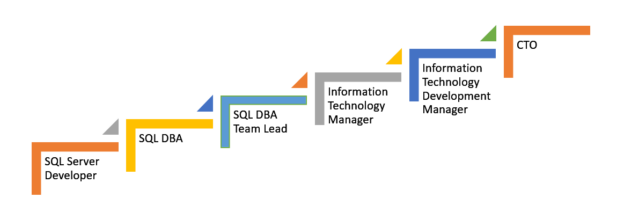


In this article, we will talk about what SQL Server developers do and which main skills are required to get a job as a SQL developer.
Read more »
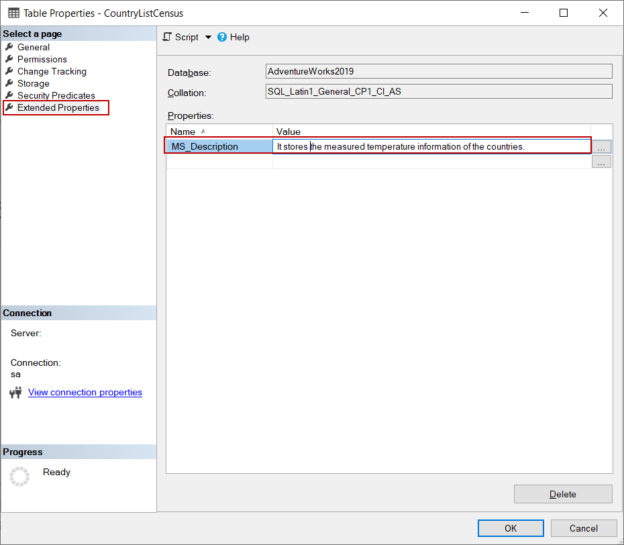
This article intends to give some beneficial suggestions that help to write a more readable T-SQL query.
Read more »
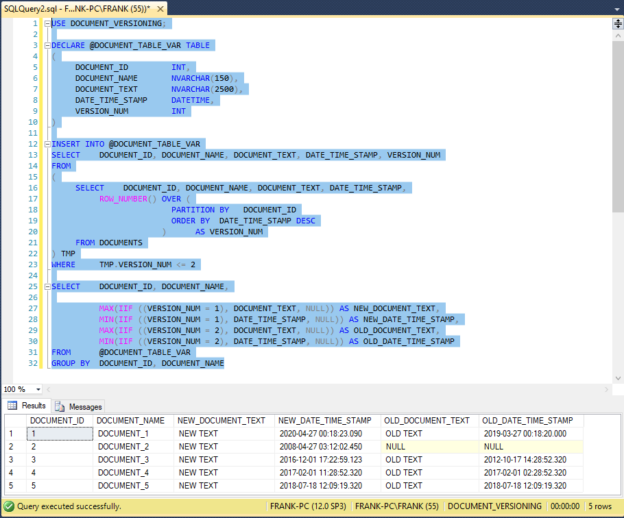
For a recent Tsql development project involving text document records, the customer wanted a product that would show the latest and most recent earlier version of specific document text stored in a SQL Server 2014 database. One result set row had to hold all relevant information for each document: both document versions as described above, and relevant metadata. This essentially required fine-grained row pivots. This article will describe the engineering behind the solution, and compare that solution with the SQL Server PIVOT operator.
Read more »

The SQL MIN function is an aggregate function that is used to find the minimum values in columns or rows in a table.
Read more »
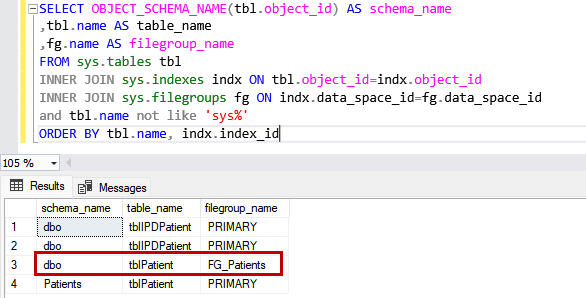
In this article, we are going to learn about the CREATE TABLE statement. This article consolidates the various scenarios. I have covered the following scenarios.
Read more »
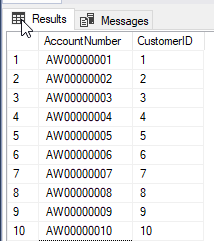
This article will show some important questions and answers to practice SQL.
Read more »

This article will explain various aspects of security testing for the SQL Server environment. Security is a very critical area for any database environment. We must properly plan, deploy, and audit database security measures to protect and prevent any unauthorized access of the data. We should also perform regular security testing to ensure we have the right set of rules and policies in place to secure our database environment. Database security measures also help any organization to protect its data to maintain its privacy and integrity.
Read more »
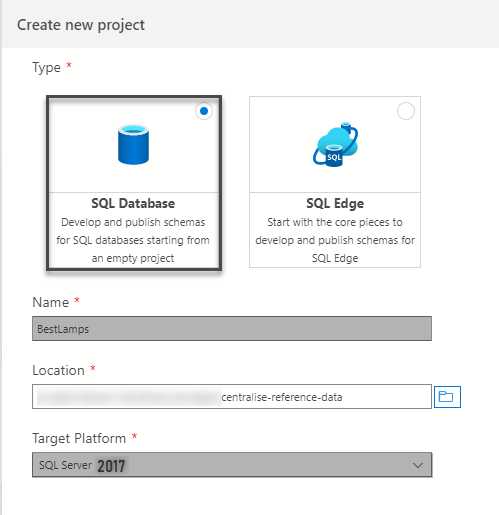
This article talks about centralizing reference tables in Azure Data Studio during the database development process for ease of deployments to multiple environments such as dev, test and production.
Read more »
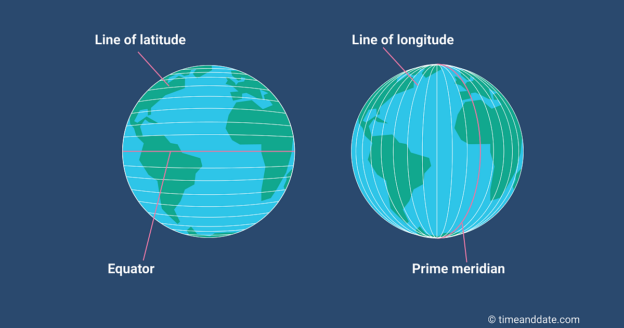
In this article, we are going to discuss in detail what a spatial database is and the data type, POINT that is supported by PostgreSQL to perform geographic data analysis.
Read more »
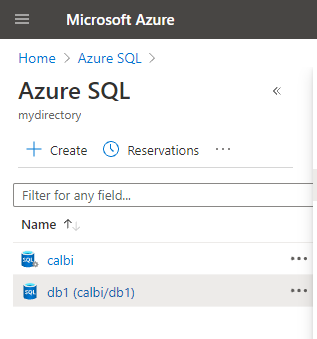
In this article, we will talk about Azure SQL. The article will compile the FAQ about this topic. The article will cover FAQ related to concepts for newbies, prices, some common features, migration and several links for references to get higher details on specific topics.
Read more »
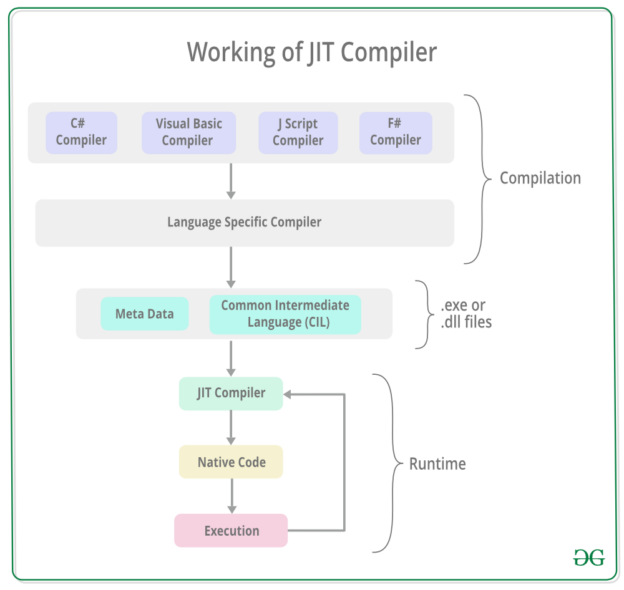
This article will explain how to create a SQL Server CLR function stored in a C# class library without creating a SQL Server database project. We will first briefly explain the concept of .NET common language runtime (CLR) and then build a C# class library using the .NET framework. Then, we will use the C# library to create user-defined CLR functions in SQL Server.
Read more »
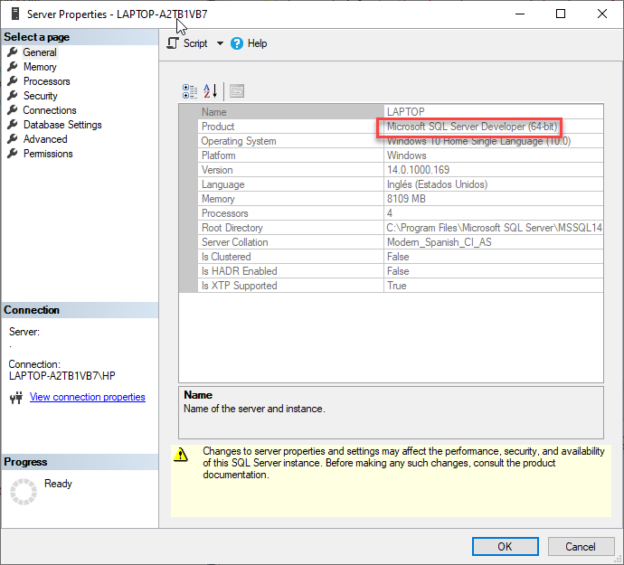
In this article, we will cover the most common questions about this nice SQL Server Developer Edition.
Read more »
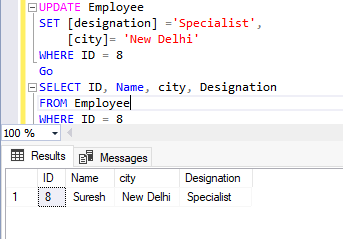
This article will help you understand the SQL UPDATE syntax used in SQL Server. Microsoft SQL Server is a database system that is used to store various types of data which is logically arranged in form of tables, columns, and rows. As businesses need changes or new requirements come, we need to modify this data stored in the table. We use the SQL UPDATE syntax to modify or update existing data in a table or view in SQL Server. We can use this statement to modify a single unit of data field as well as multiple sets of data fields based on our requirements.
Read more »
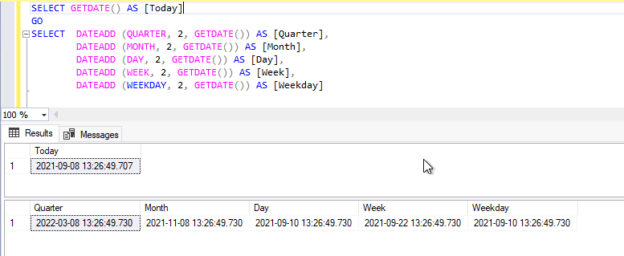
This article will discuss an overview and use cases of the SQL Server GETDATE () function which is used to return the current date and time of the system on which SQL Server instance is running. There are several date-time related functions in SQL Server for distinct requirements like SYSDATETIME, CURRENT_TIMESTAMP, etc. All these functions will return the current date-time of the system on which the SQL Server is running. The only difference of having these many functions is the accuracy of the length of timestamp like till what precision you want to return your date time output. I will show you the output of some of these date-time functions and compare them with SQL Server GETDATE () function.
Read more »
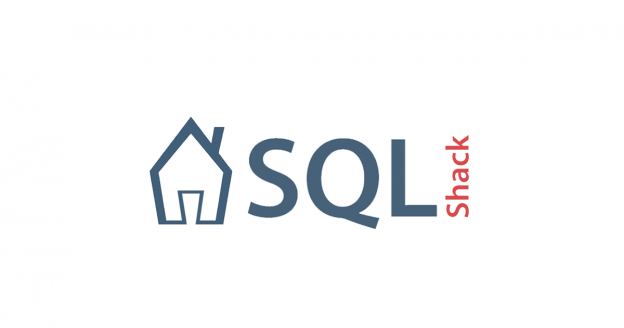
Creating SQL Queries is a straightforward process. This article is made in SQL Server, but most of the content can be applied to Oracle, PostgreSQL, MySQL, MariaDB and other databases with few changes. The SQL queries allow us to send queries to a database. In this article, we will have a fast, practical tutorial about doing your own queries from scratch.
Read more »
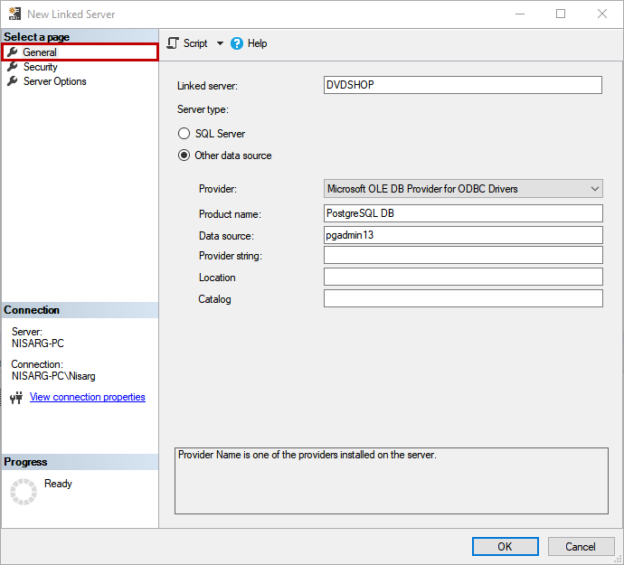
This article explains configuring a linked server between SQL Server 2019 and PostgreSQL. In my previous article named Configure ODBC drivers for PostgreSQL, we got introduced to the ODBC driver of PostgreSQL. We also learned how we could download, install, and configure it. In this article, we will explore how we can utilize the ODBC driver to access the data of the PostgreSQL from SQL Server 2019.
Read more »
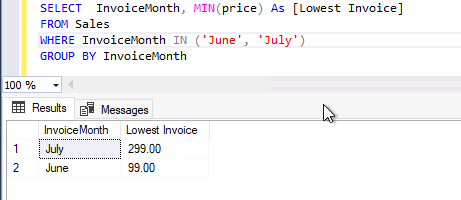
Today, I will explain an overview of the SQL MIN () function along with its several use cases in this article. This function is categorized under aggregate functions in SQL Server. Aggregate functions perform a calculation on a set of values from a specified expression and return a single value in their output. Aggregate functions return the same value every time you execute them unless your source data is changed.
Read more »
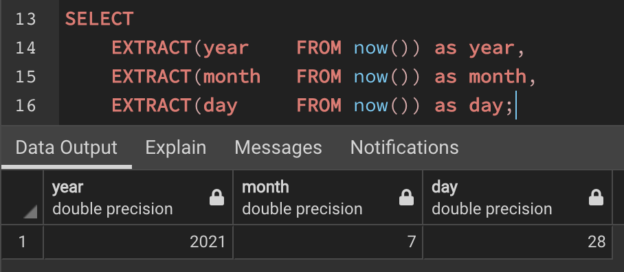
Working with Date and Time calculations is an integral part of any Data Analytics solution. Be it financial data or any data related to sales, dates always play a pivotal role in analyzing the trends and hence draw a pattern out from them. Some of the most commonly used KPIs that involve date and time calculations are monthly sales, quarterly web traffic, year-over-year growth etc. These KPIs help businesses understand and gauge their performance and also aids in making decisions necessary for their development. In this article, we are going to explore some of the important Date and Time functions that can be used in PostgreSQL and how they can be implemented henceforth.
Read more »

This article will give an insight into the INDEXPROPERTY() function in SQL Databases.
Read more »
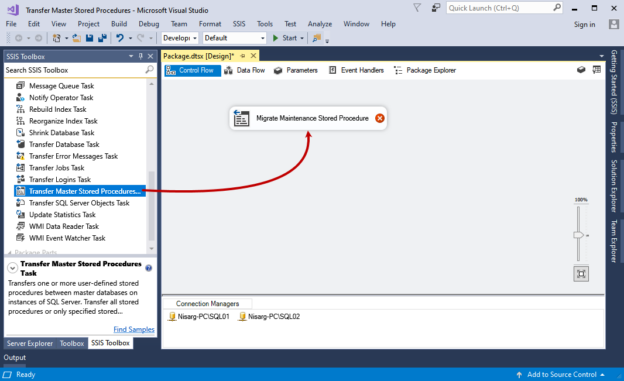
This is the second article in the series of Migrating SQL Server Objects using SSDT 2017. In this article, we will learn how to copy user stored procedures created in the SQL Server master database.
Read more »
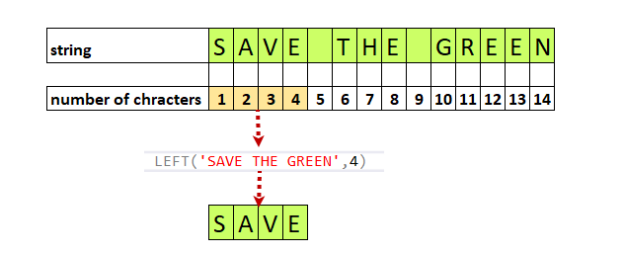
In this article, we will learn how to use SQL LEFT function with straightforward examples.
Read more »
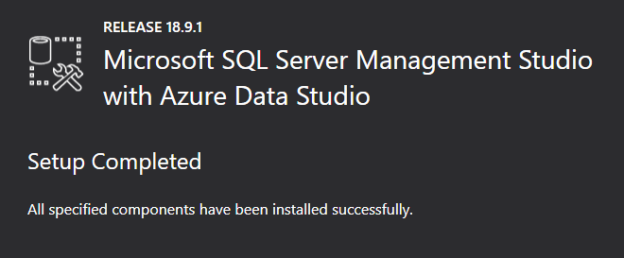
This article explains upgrading SQL Server Management Studio (SSMS) and Azure Data Studio (ADS) to their latest version with a single installation.
Read more »
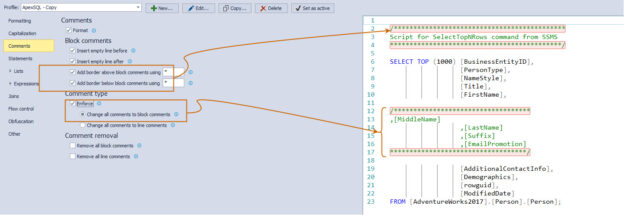
In a typical database, we have multi lines or page SQL statements in a view, SQL statement or the stored procedure. Also, multiple developers change the T-SQL, and it becomes difficult to track who altered the code and for what reason.
Read more »
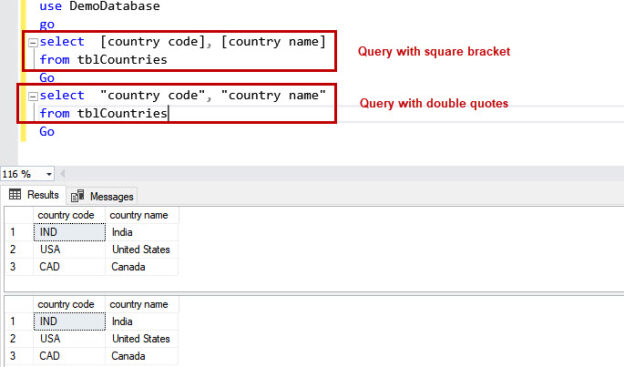
In this article, we are going to learn how we can write a SQL query with space in the column name. Blanks spaces are restricted in the naming convention of the database object’s name and column name of the table. If you want to include the blanks space in the object name or column name, the query and application code must be written differently. You must be careful and precise while writing dynamic SQL queries. This article explains how we can handle object names and columns with blank space in SQL Server and MySQL.
Read more »

This article covers the different SQL queries to change the column type. We are going to learn how we can change the data type of the columns of the following databases:
Read more »© Quest Software Inc. ALL RIGHTS RESERVED. | GDPR | Terms of Use | Privacy